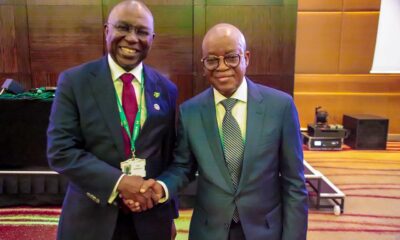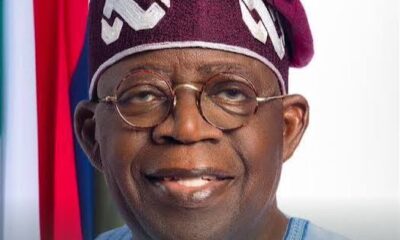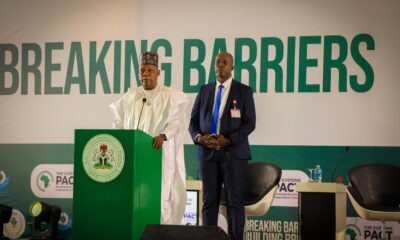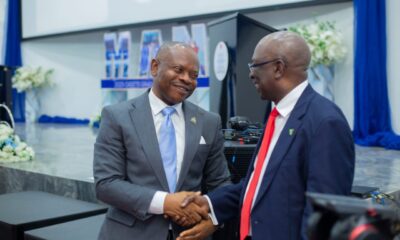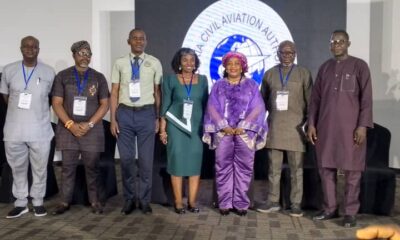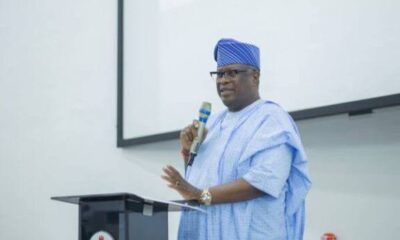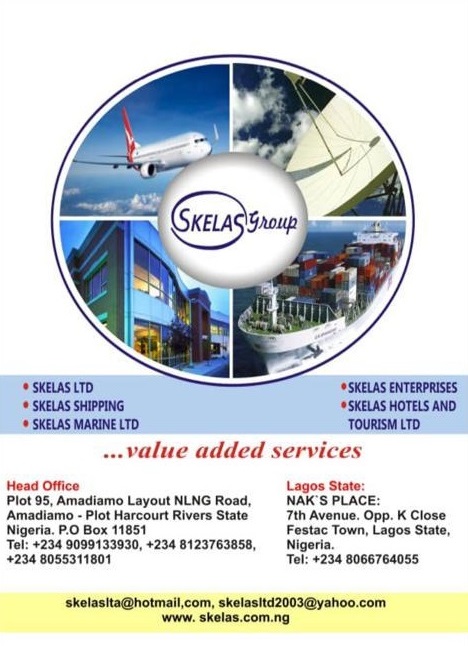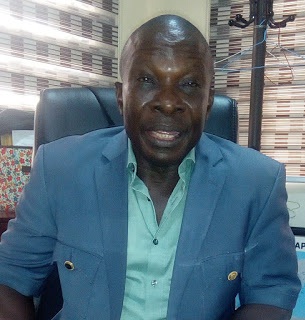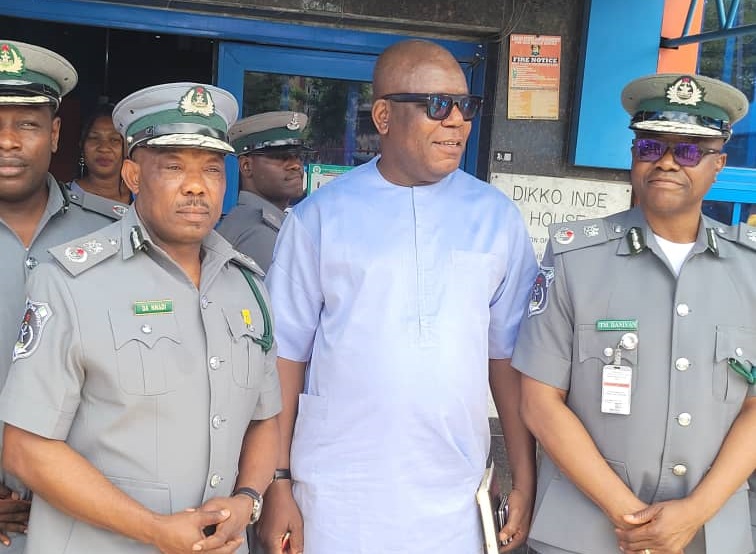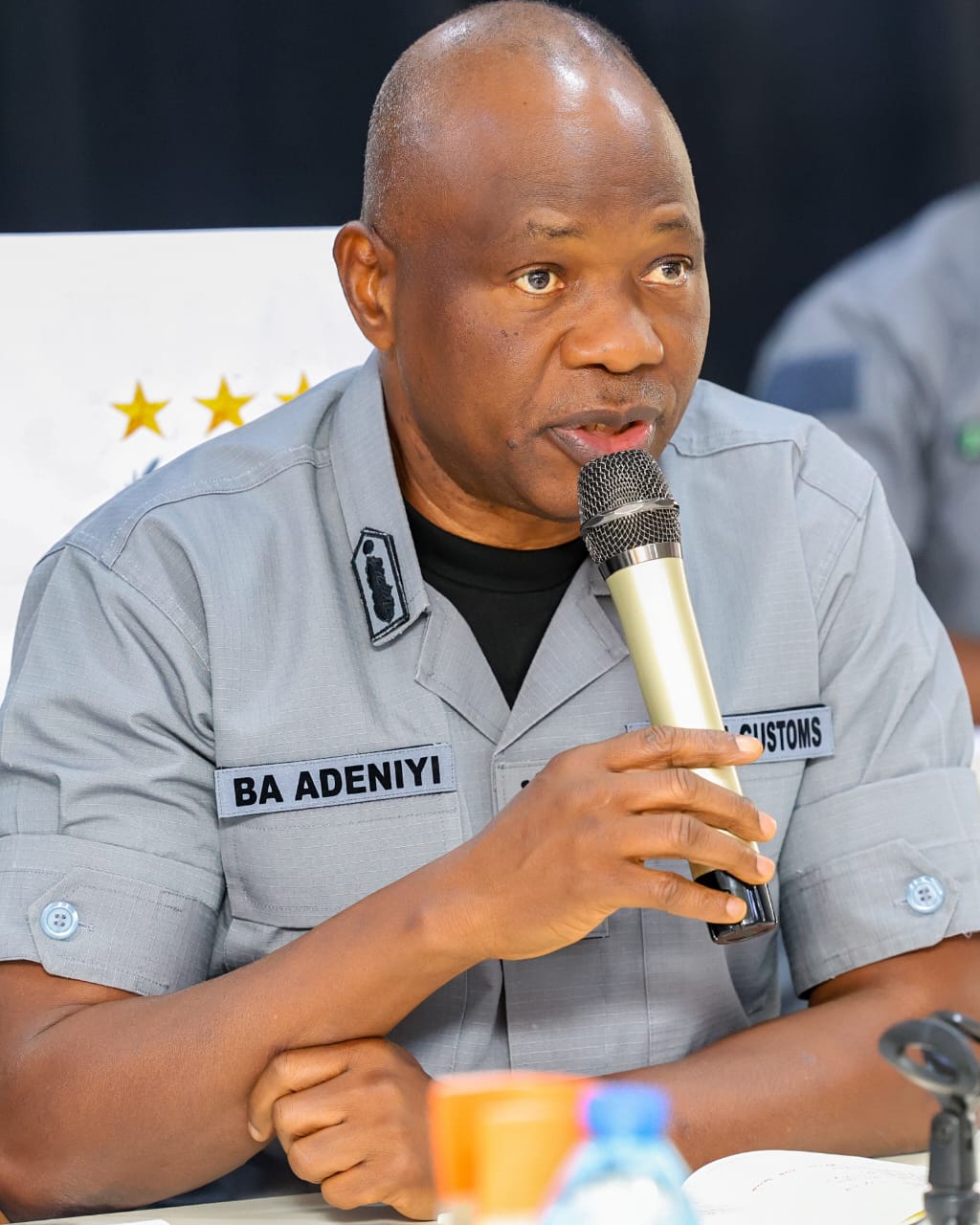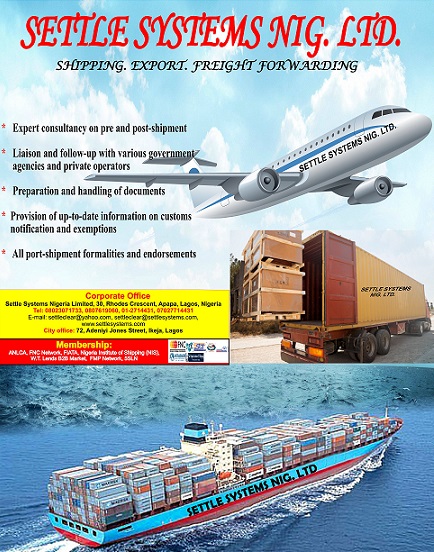Business
Between ‘Prof Umahi’ and Nigeria’s ₦15Tn Coastal Road Gamble
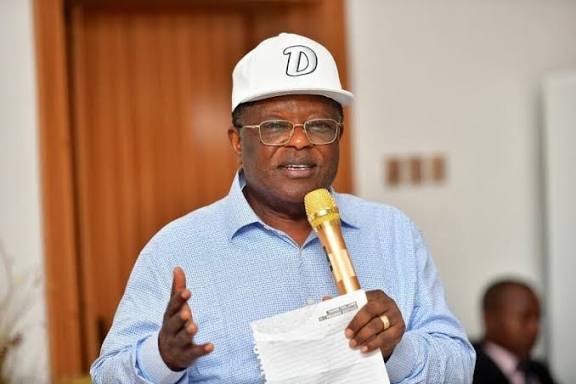
BY GBOGBOWA GBOWA
The Lagos–Calabar Coastal Highway was conceived as a transformative infrastructure marvel — a 700-kilometre artery linking Nigeria’s southwest to the southeast, hugging the Atlantic coast with promises of economic revival, tourism, and regional integration.
Yet, what should have been a legacy project for President Bola Ahmed Tinubu’s administration having decided to implement the ambitious road blueprint has instead become a lightning rod for controversy, suspicion, and public outrage; and a dream derailed, not just by opacity but by official rascality.
Budgeted at ₦15 trillion, the highway’s cost per kilometre put at ₦21.4 billion has raised eyebrows across the nation. Minister of Works, David Umahi initially claimed a ₦4 billion/km estimate, later revising it to ₦7.5 billion/km, still far below the arithmetic implied by the total budget.
The first 47.47 km phase alone is pegged at ₦1.067 trillion, funded partly by a $747 million Deutsche Bank loan, yet the terms remain undisclosed. Despite that the Federal Government has confirmed a $747 million loan by a consortia of financial supermarkets led by Deutsche Bank for the initial 47.47-kilometre phase, but very little else is known about the contractual terms, interest rates, or repayment schedule.
A well meaning, confident and transparent government would speak about the total package, including the entire loan portfolio. What other loans have been pledged? What portions are to be funded by taxpayers, tolls, or future debts? For crying out loud, a project that cuts across multiple states, billed to consume trillions, and alters coastlines cannot be treated like a family secret.
Like a local saying, ‘morning shows the day’, this project execution has been challenged with serious question marks from inception—economic and moral —it was blighted early in life with controversial demolition and displacement.
Thus the project’s implementation has been marred by avoidable demolitions, including the destruction of multibillion-dollar private investments along the route. Critics argue that poor stakeholder engagement and lack of environmental impact transparency have led to unnecessary losses and community displacement.
The Lagos – Calabar Coastal Highway is a theatre of cost analysis juxtaposed against global comparisons, raising serious accountability questions as can be seen below:
Norway’s E39 Coastal Highway: $47 billion over 1,100 km (₦43 million/km), with full public documentation.
India’s Mumbai Coastal Road: $1.7 billion over 29.2 km (₦92 billion/km), with court-reviewed environmental clearances.
Turkey’s Antalya–Alanya Highway: €1.7 billion for 122 km, backed by international due diligence.
These examples underscore a key difference: transparency and public oversight. Nigeria’s coastal highway, by contrast, is shrouded in secrecy — no published engineering drawings, no line-item budgets, no Environmental and Social Impact Assessments (ESIA) in the public domain.
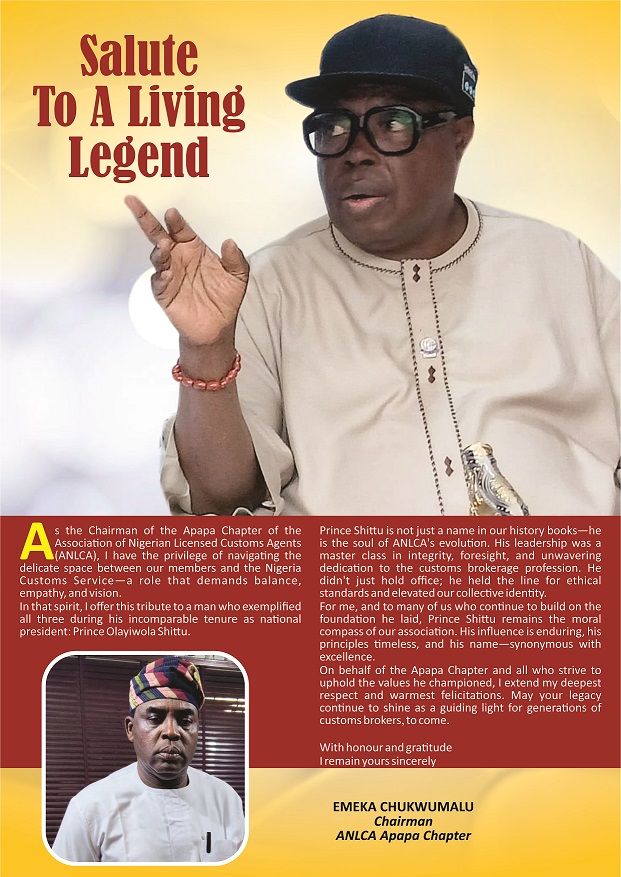
There, syndicated loans from European and development banks came only after detailed due diligence and environmental reviews — these are conditions Nigeria government should also embrace, not evade, especially under a ruling party fast becoming a one party democracy.
Unlike Minister David Umahi with a professoral degree engineering practice, Norway’s engineers publish tunnel depths; India’s contractors submit live dashboards of progress; Turkey’s lenders issue press releases after every tranche. But in Nigeria, the citizens are left to divine the truth; and woe betide a Rufai Oseni whose job is to hold government accountable to the people — dare to hit the gavel to insist on the facts and figures.
Even the horde of supporters of Professor Umahi — nay, Professor-in-Practice Umahi, whatever that means, would seek to mortify our foremost, level headed Journalist Rufai.
But Umahi cannot obfuscate the report card, the project implementation is suffused with accountability deficit. Who are the contractors? Their selection process remains opaque. What are the loan terms? Nigerians are left guessing.
Where is the ESIA? Communities await compensation frameworks that are yet to be disclosed, yet if a Rufai Oseni dare to ask, Minister David Umahi will hiss in grave retort and self adulation—who are you? Let journalists, civil society, and every taxpayer demand the simple truth: How much is a kilometre of this road, and why? Why the cost inflation? The ₦12.2 trillion gap between Umahi’s estimate and the total budget remains unexplained; an official arrogance incubated in grandiloquent senility that has no place in sane society.
If the Lagos–Calabar Coastal Highway is to redeem its promise, four urgent reforms are needed:
*Publish full budgets and contracts — line-by-line, with public access.
*Conduct independent audits — to verify value-for-money.
*Release ESIA and compensation plans — for affected communities.
*Enable citizen oversight — through progress dashboards and site access.
Irresponsible enthusiasts are already hissing and seeking to obfuscate the facts of the ESIA —even though is still been hidden—by suggesting that the funny costs been thrown up might be a reflection of the difficult terrain. Across the world, nations have carved roads through tougher terrains and turbulent seas, yet they have done so under the full glare of public scrutiny.
Should the masses plead with CNN’s leading anchor, Christiane Amanpour to help engage Abuja politicians in a media chat to supply the answers this government is unwilling to reveal? Accountability is an obligation and must not be misconstrued as a favour — and Nigerians are demanding accountability in this coastal road troubling budget that seems irksome to the government and its officials.
Until these steps are taken, the highway risks becoming not a corridor of progress, but a monument of mismanagement — a ₦15 trillion mirror reflecting Nigeria’s moral terrain.

